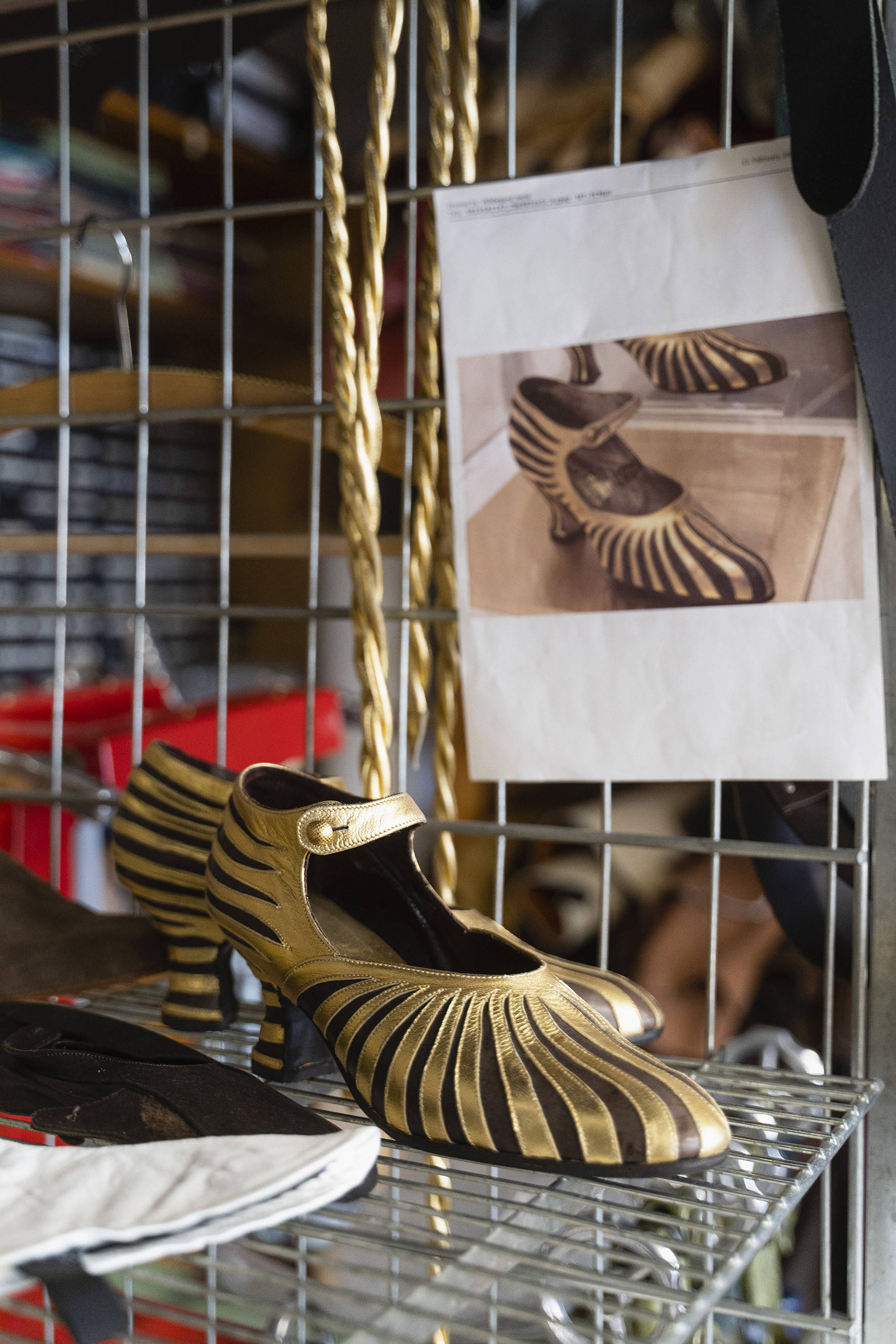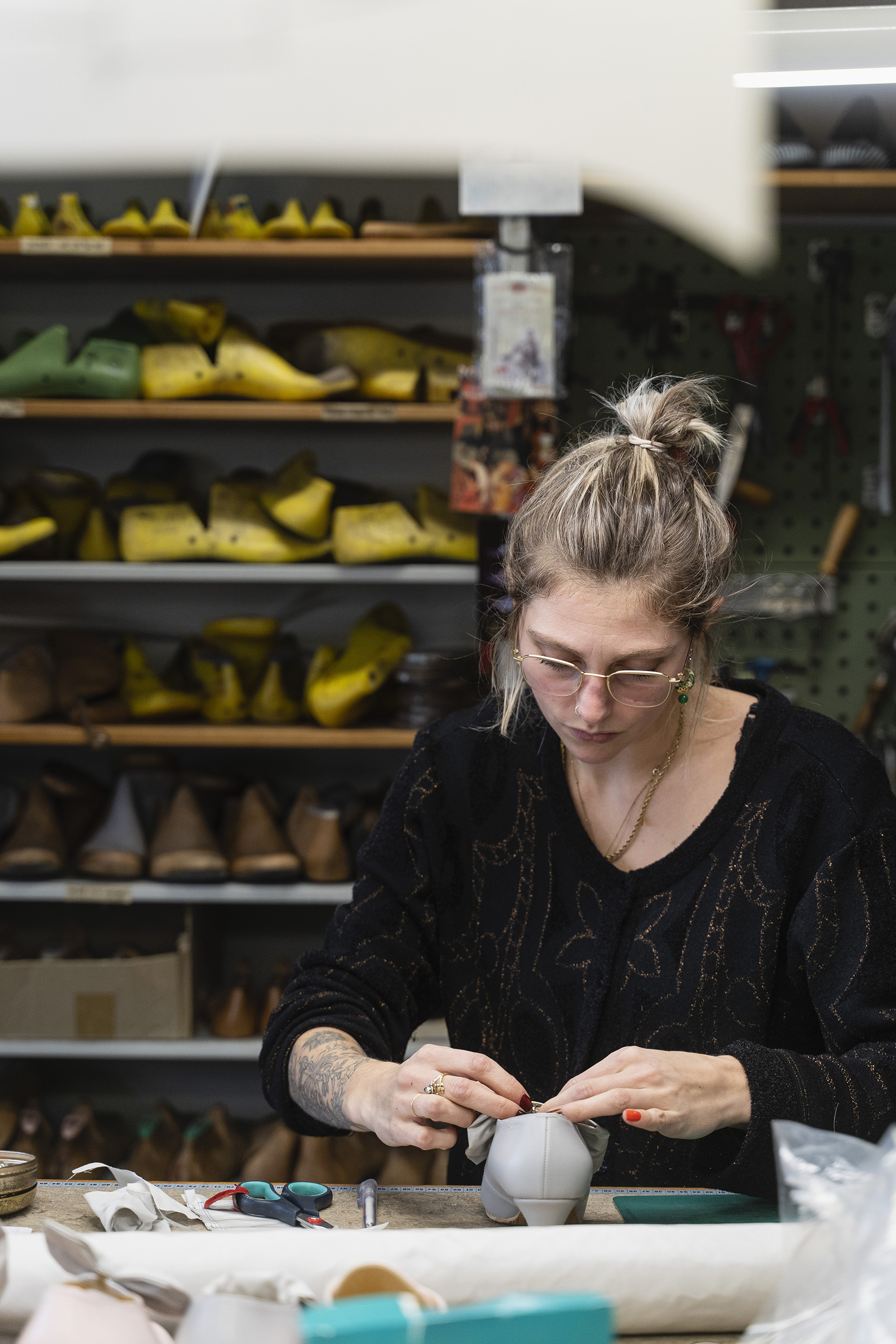
Behind the scenes: shoemakers’ shop
While productions often appear magical, they are not simply conjured out of thin air. Behind the scenes, every individual in each department plays a crucial role. But who does what and what does their creative process look like? We speak with Hansje van Tuijl, who works in the shoemakers’ shop.
Text: Lune Visser
Imagine stepping into a shoe lover’s paradise: an entire store brimming with up to a thousand pairs of footwear. They greet your eyes in a kaleidoscope of colours and sizes. Hansje, who used to work for a conventional shoemaker, embarked on a quest to explore something new. And she found it: “Since I’ve been here, I’ve been constantly amazed. A whole new world unfolded before me. The things you encounter here are so different from what you would find at a regular shoemaker. Each shoe is crafted for a specific character and must shine on stage, rather than on the street. The assignments we receive are incredibly diverse, and you never really know what you will be tasked with. But at the end of the day, there’s always a sense of fulfilment.”
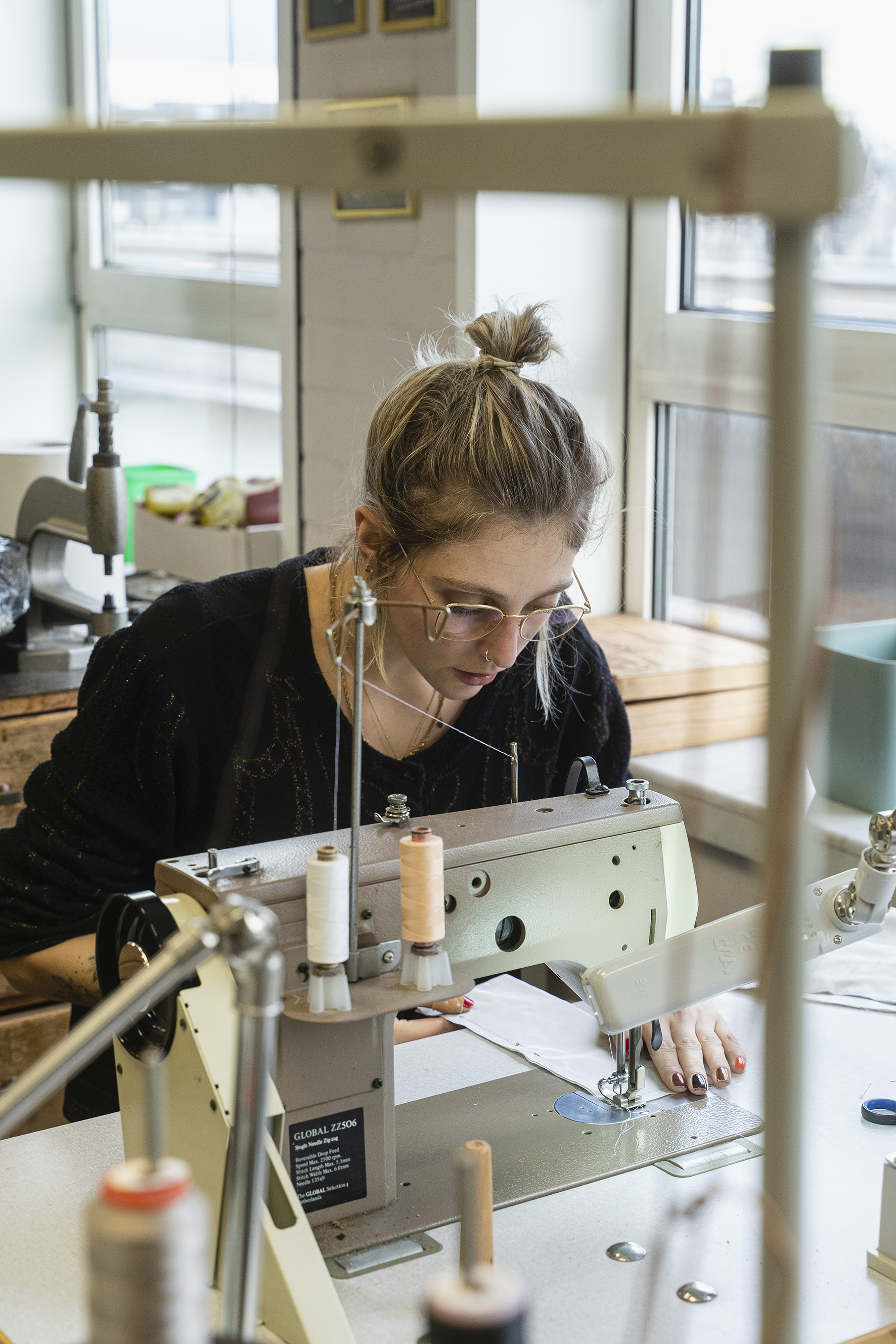
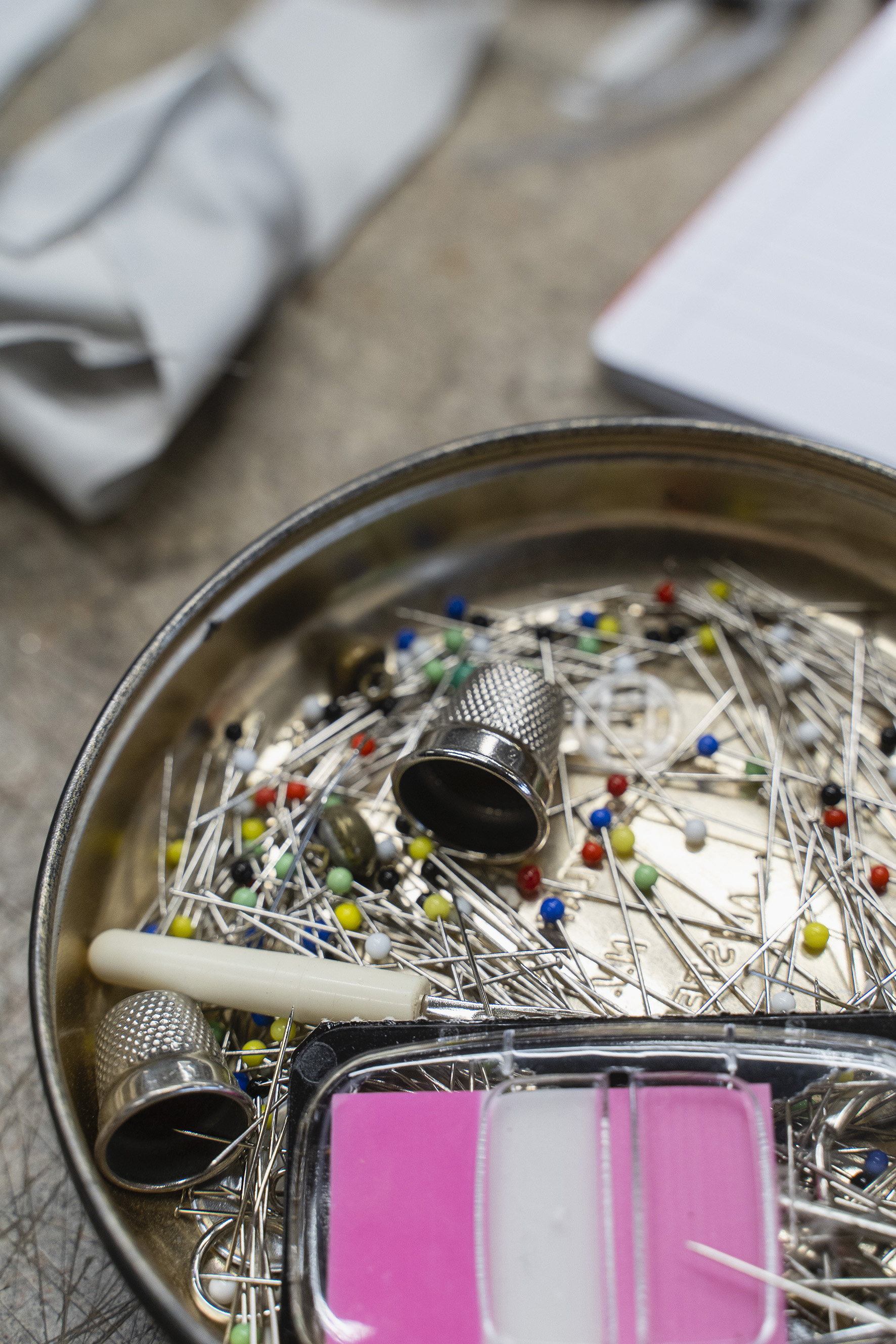
Recyclable footwear
Given that ballet shoes are primarily used in dance productions, most of the work in the shoemakers’ shop revolves around opera. But does this mean new shoes need to be created for each new production? Fortunately not. “It would be quite an enormous task for the two of us,” Hansje explains. “Operas often involve large casts, so we strive to use what we already have in our storage as much as possible. We have a vast collection, so there’s often a good chance that we can find something suitable, although we are limited by specific sizes. Sometimes, we also enhance old shoes to match the costumes or purchase new ones of the designer’s vision requires it. When the singers come for their costume fittings, we carefully select matching shoes and lay them out for them.”
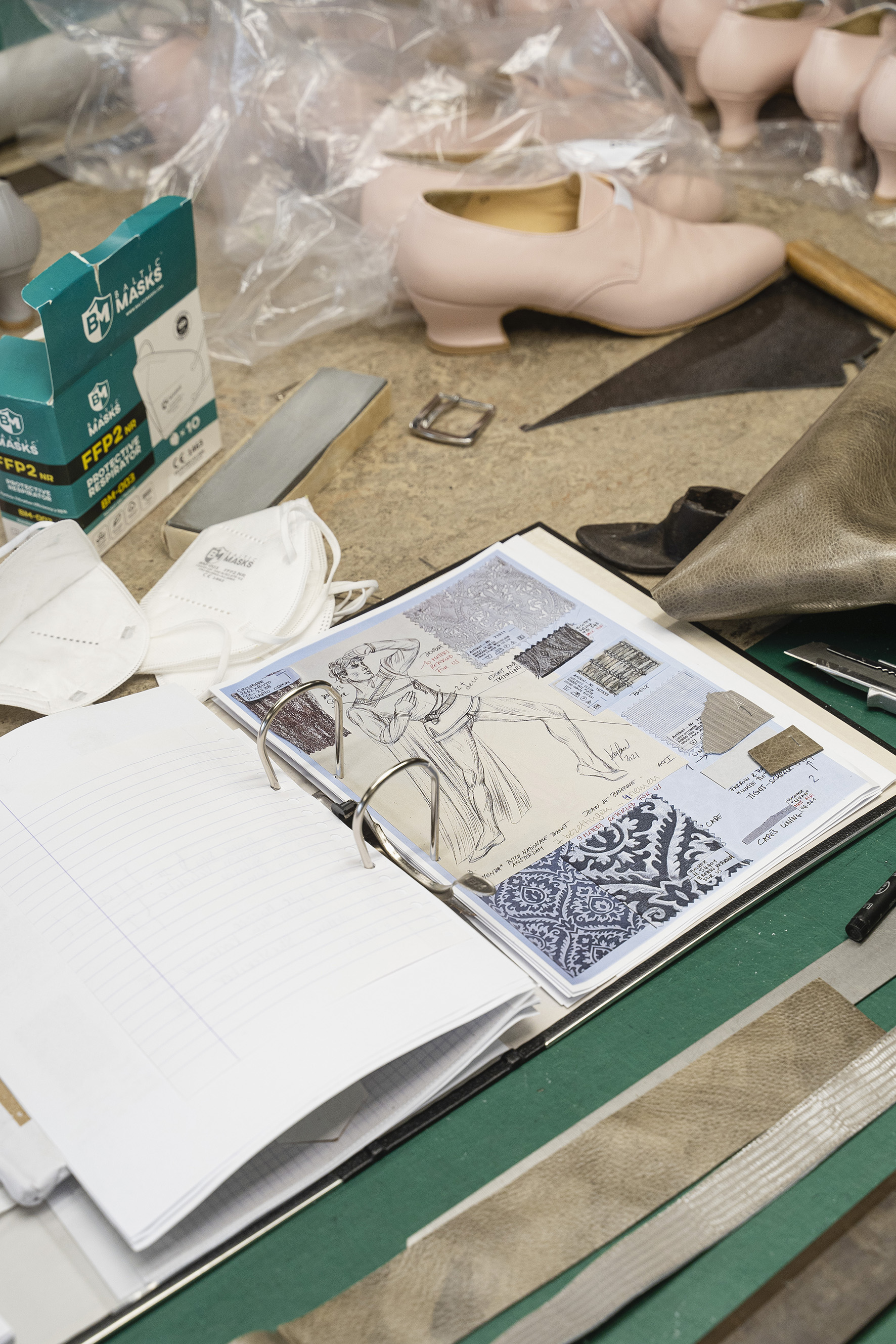
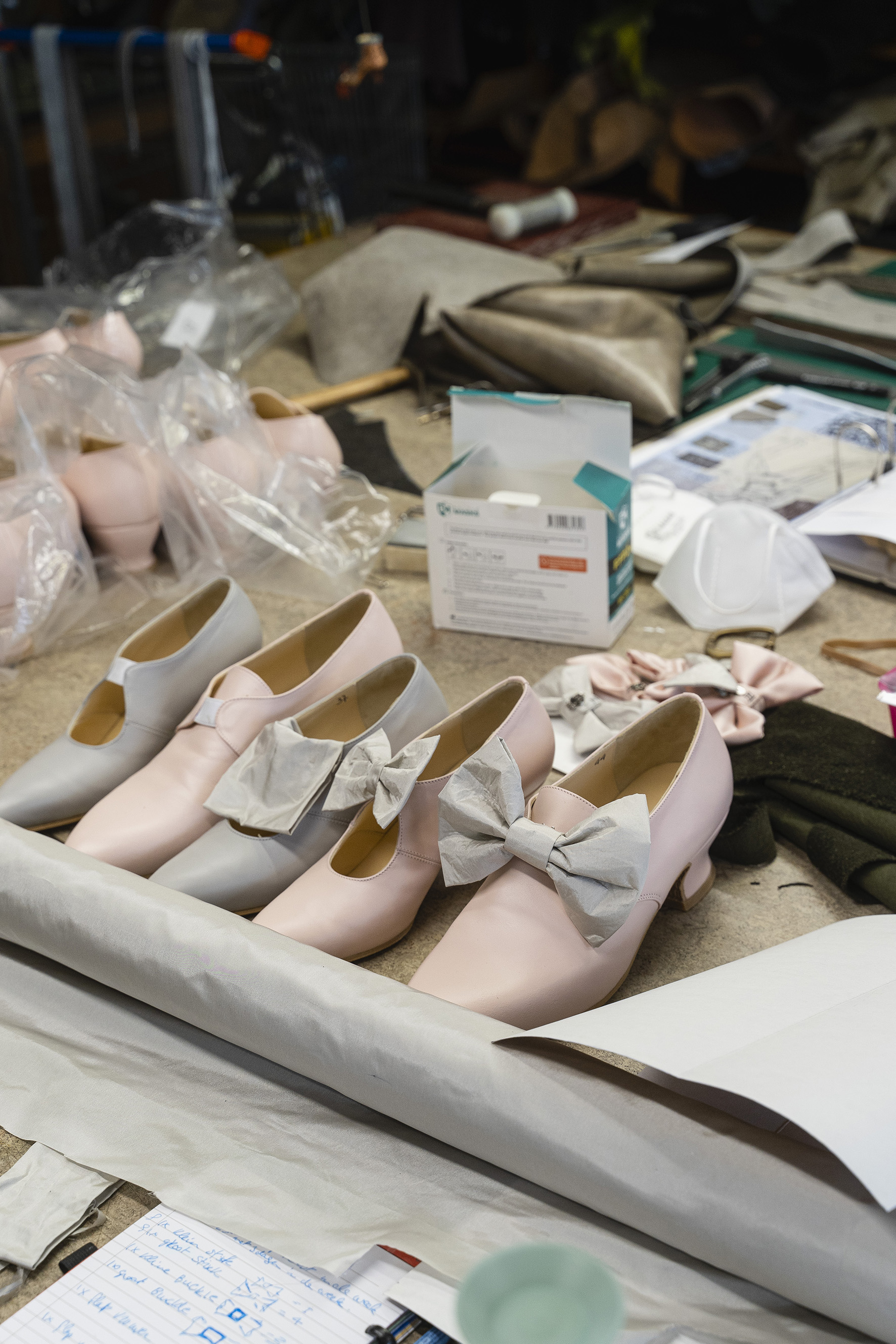
A shoe from scratch
Although requests for ballet productions are less frequent, they are not entirely off the table. “For instance, in Raymonda, we crafted boots adorned with a golden embellishment and selected specific heels.” However, the shoemakers’ shop also takes on the task of creating entirely new shoes: “I get to learn various new techniques for those, particularly specialised techniques tailored to shoes that are only worn a few times on stage. They are built to be durable but not suitable for everyday wear outside. Sometimes a new assignment requires delving into research, consulting books, or creating a prototype show using fabric or leather scraps. But in the end, it’s incredibly rewarding to witness the creation of a beautiful shoe!”
